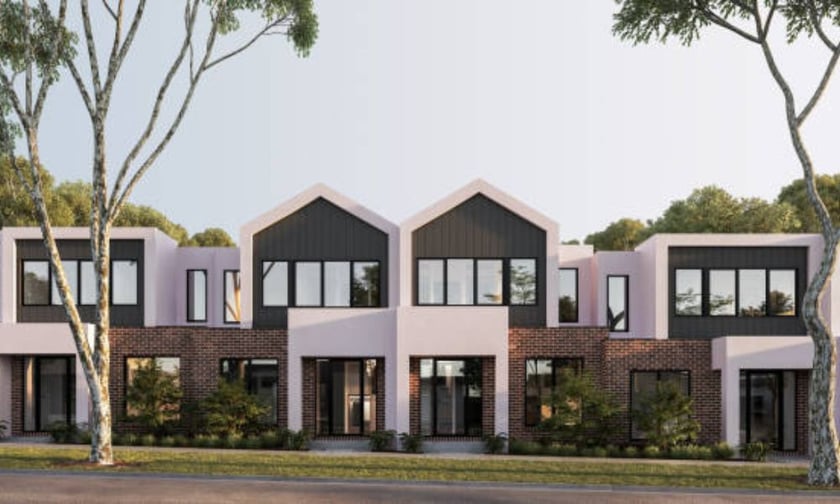

A recent Moody’s analysis has revealed that property and casualty (P&C) insurers in the Asia-Pacific (APAC) region face lower insurance risks but higher asset risks compared to their peers in the US.
The study examined 20 rated insurers across China, Japan, and Taiwan, which collectively represent over 60% of the total premium income in the APAC region.
The report, based on data from Moody’s Capital Tool (M’CT), provides a comparative assessment of capital adequacy across these markets and highlights shifts in risk management strategies.
APAC insurers have been actively reducing their exposure to equity and credit risks while reallocating capital to fuel diversified business growth. This trend, according to the report, strengthens the insurers’ capital efficiency and overall resilience in the face of evolving market conditions.
One of the key findings from the Moody’s analysis is that APAC insurers allocate a larger proportion of capital to asset risks, particularly equity investments, compared to their US counterparts.
In China, Japan, and Taiwan, equity risks account for roughly 30% of the required capital, a figure that is about three times higher than for US insurers.
On the other hand, insurance risks, such as pricing and reserving risks, are lower for APAC insurers due to shorter reserve durations.
The shorter reserve duration, driven primarily by a focus on auto insurance, reduces volatility for APAC insurers, whereas US insurers tend to manage longer-duration products like workers’ compensation and general liability. These longer-term products increase reserving risks for US P&C insurers.
In contrast, Japanese insurers have the highest exposure to catastrophe risks among APAC markets, with natural disasters accounting for 14% of their required capital. Meanwhile, Chinese and Taiwanese insurers manage catastrophe risks through extensive reinsurance coverage.
In recent years, insurers in the APAC region have been adjusting their capital allocation strategies to reduce asset risks while promoting more balanced risk profiles.
Japanese P&C insurers have been decreasing their exposure to equity risks by selling off strategic shareholdings. This capital is being reallocated towards domestic and international business growth, which includes both personal and commercial insurance lines.
Chinese insurers have increased their holdings of government bonds to lower credit risks, while simultaneously diversifying into non-motor insurance lines, such as liability and health insurance.
In Taiwan, insurers have responded to significant losses from COVID-19-related policies by replenishing capital through injections and trimming down equity and bond holdings. This move has helped reduce overall capital requirements and led to more diversified risk exposure.
Taiwanese insurers have also used reinsurance to reduce exposure to catastrophe risks.
These strategic changes across the APAC region are aimed at building more resilient capital structures that better balance both insurance and asset risks. Moody’s noted that the region’s insurers are making efforts to improve capital management and respond to heightened regulatory requirements.
APAC insurers operate under a variety of regulatory regimes that influence capital adequacy. These frameworks include China’s Risk Oriented Solvency System (C-ROSS), Taiwan’s risk-based capital (RBC) regime, and Japan’s economic solvency ratio (ESR) system.
M’CT, which assesses capital adequacy across different regulatory standards, showed a strong alignment between its ratios and local solvency metrics, particularly in markets transitioning to economic-based capital frameworks.
For example, in China, the implementation of C-ROSS Phase II has tightened capital charges for long-term equity and real estate investments, reducing the gap between M’CT ratios and reported solvency levels.
In Japan, M’CT ratios are closely correlated with the internal models used under the ESR system, reflecting the country’s shift toward economic-based capital assessments.
In Taiwan, however, the RBC framework shows larger discrepancies from M’CT results due to its use of a lower confidence interval in calculating risk factors.
Globally, recent data from Insuramore revealed that commercial P&C retail broking revenues reached $76.6 billion in 2023, marking a 13.1% increase from the previous year. This growth was driven by rising premiums in specialty markets and growth in the US excess and surplus lines segment.
